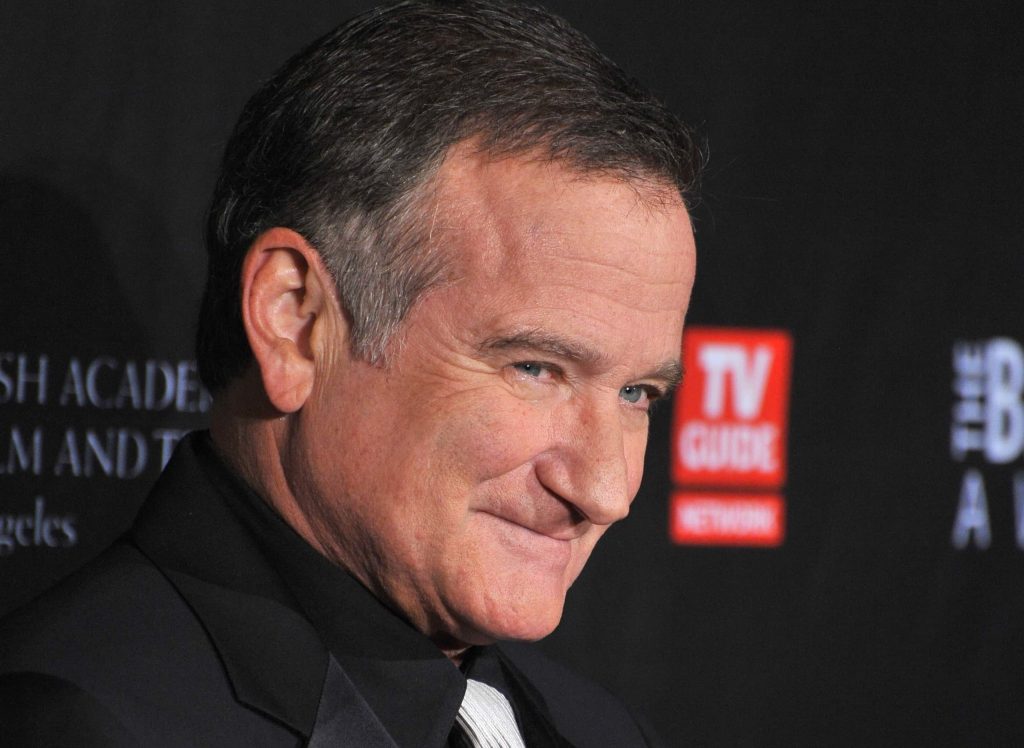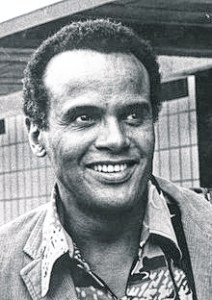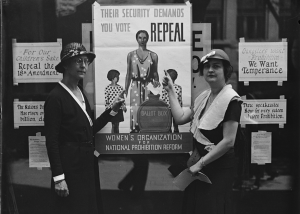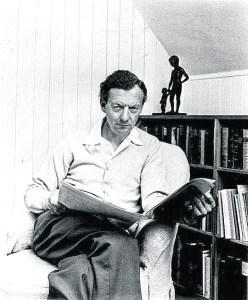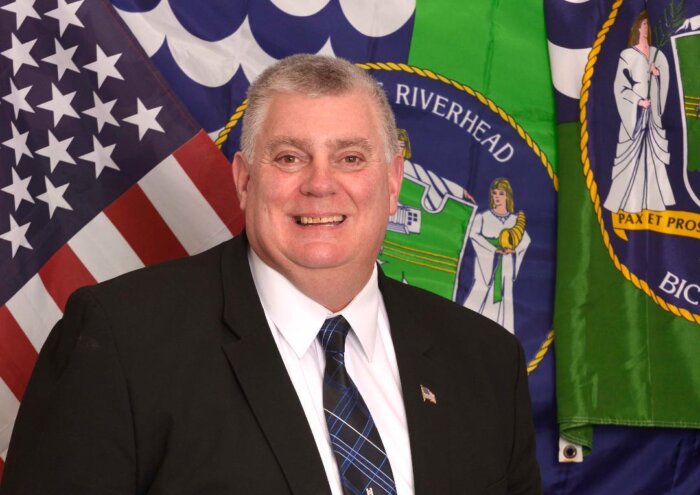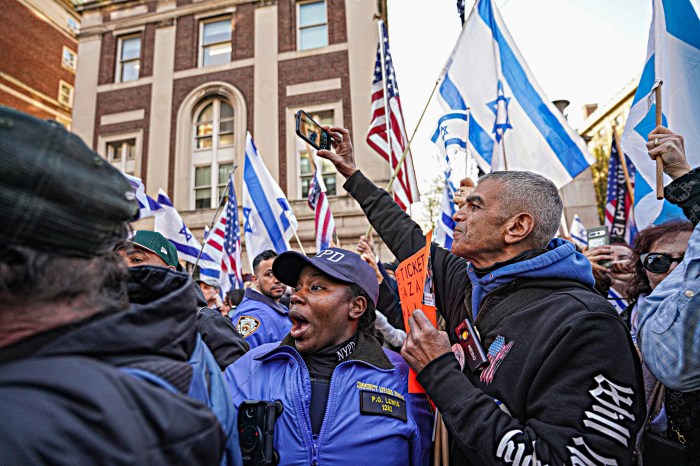“You’re only given one little spark of madness. You mustn’t lose it.” —Robin Williams
In the summer of 1981 on Fishers Island, Robin Williams was on top of the world — literally.
Every Friday night, a plane piloted by his good friend swooped down, picked him up, and off they’d soar. The pilot was Christopher Reeve, famous as the superhero star of Superman films. Williams was a well-loved comedic master starring in The World According to Garp.
“Those were the heady days for them both,” said actress Glenn Close, Williams’ co-star. “They were living the kind of fast and crazy life that our business can hand to you if you become a wildly famous phenomenon.”
Fishers Island will never forget Williams. And the world will always remember the gales of emotional laughter he gave us before his untimely death.
FISHERS FUNNYMAN
Garp shot one scene outside the Roslyn movie theater, but the film’s centerpiece was the spectacular, massive Wilmerding hilltop estate near Plum Island that looked out over sweeping lawns and Hay Harbor. Many of the 250 Fishers locals said that Williams displayed no egotistical airs, and knew the names of everyone on the crew.
They witnessed rapid-fire ad libs: When Jeff Miller of The Suffolk Times asked Williams about Garp, Williams quipped, “It’s a fairy tale written on acid.” Williams could make sense one minute then erupt in nonsense, savaging the news, people, and events. Close described how he spontaneously “wove it all into a cohesive whole with no notes, nothing but his genius.”
But Garp’s Oscar-winning George Roy Hill, who had directed luminaries such as Paul Newman and Robert Redford, rejected improvisation, yelling “Cut!” and stopping filming. Williams cooperated, relying on his early drama lessons.
“STIMULUS JUNKIE”
Robin McLaurin Williams was born in Chicago in 1951. He recalled that his mother influenced his sense of humor; he tried getting attention by making her laugh.
Raised mostly by a maid, in a 40-room farmhouse near Detroit, the shy, quiet child had an uncanny ear for dialogue and recorded himself voicing different characters. After he moved to Northern California, high school drama courses revealed his explosive talent; he was voted “Most Likely Not to Succeed” and “Funniest.”
In 1973, Williams beat out 2,000 applicants to a Juilliard School full-scholarship advanced drama class. The only other student was Christoper Reeve, who remembered, “He was like an untied balloon that had been inflated and immediately released … he virtually caromed off the walls.” They studied conservative dramatic acting techniques and became lifelong friends.
Williams first stepped onstage in San Francisco in the mid-1970s. By 1977, he was wowing them at the L.A. Improv, and in 1978 he starred in Mork & Mindy. In 1981 Williams cracked up Johnny Carson, debuted on Saturday Night Live, and made Garp. He was so turned on by life — and by sold-out TV specials and major films — that his third wife Susan Schneider called him “a stimulus junkie.”
LOSING IT
Garp was just the second of many comedies, fantasies, and tragedies he would star in. He won multiple Emmys, Golden Globes, Grammys, and a best supporting actor Academy Award for Good Will Hunting in 1997. But he battled depression and fueled his performances with cocaine and alcohol before getting sober in rehab.
In 2013, extreme depression, anxiety, and paranoia, along with stomach and vision problems, tremors, and insomnia, assailed him. He forgot his lines. He feared he couldn’t be funny. The diagnosis: Parkinson’s disease.
His wife said he was mad at himself for what his mind and body were doing. Unable to retaliate, on August 11, 2014, the 63-year-old committed suicide by hanging himself. An autopsy disproved the diagnosis: Williams actually had severe Lewy body disease, an incurable, aggressive dementia.
Close recalled that although his humor and insights came from a place of pain and uncertainty, they “connected us and reminded us of … how we are capable of moments of inspired transcendence and others of unspeakable despair.”



